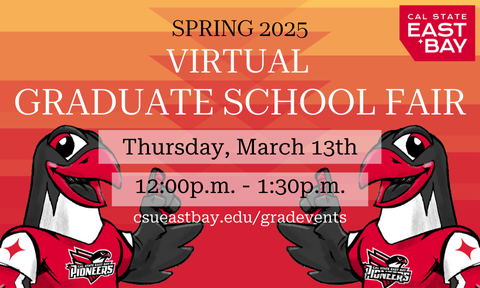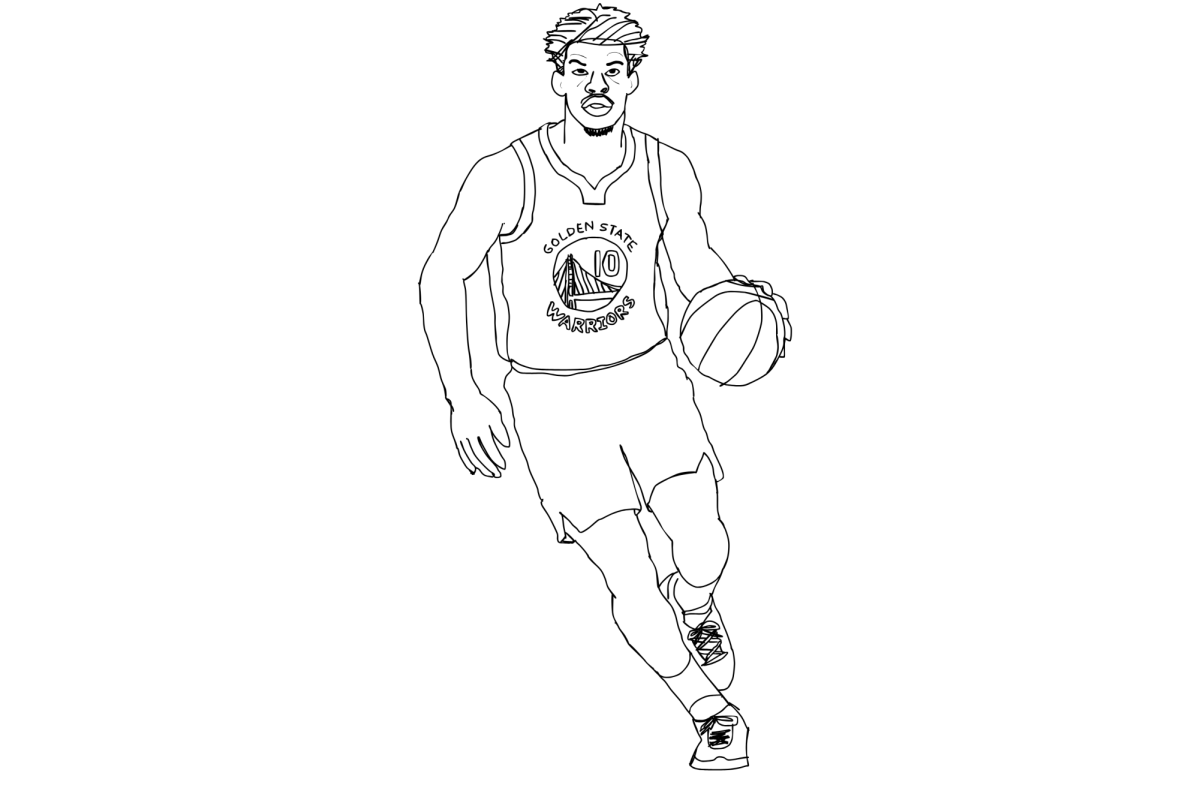San Francisco’s queer community is shrinking rapidly and it represents the fast death of the city’s culture.
The Lexington Club in the Mission is the city’s only lesbian bar and it has been a neighborhood staple for eighteen years. The owner, Lila Thirkield, announced that she was selling the space about a month ago because the population shifts in the mission no longer pull in enough business and she has seen dramatic drops in attendance. The bar is estimated to close around New Year’s and there’s not much the community can do to save it.
San Francisco is the city you think of when someone says “queer culture”, but that’s an image that is based in the 80’s and 90’s and no longer represents the real queer presence in the city. We have San Francisco Pride – which represents queer culture and visibility in some capacity, but it’s hardly inclusive of all identities and it has become extremely corporate over the years.
The fact that the Lexington Club is the only lesbian bar in a liberal city that boasts gay representation speaks for itself. Many of the gay spaces in the city are cis-male dominated, which is very threatening to women and non-binary folks. Will there be a space for gay women in the city if the Lexington is gone?
The club was an affordable, cover-free queer outpost in the Mission that acted as a hub for sex-positive and women’s rights activists, longtime cruisers and fresh-faced newbies, butches and femmes and the trans community. Without it, the space for all of these folks —many of which need affordable, accessible queer spaces filled with familiar people — has shrunken to almost nothing.
This change is one of the many things that has made the city significantly less youth-friendly. San Francisco was once praised as an artistic haven – of course, there was also a lot of space for the rich, but now it’s worse than ever and many of the people who have lived here for years can no longer afford it. Young LGBTQ people trying to find a community? Certainly not.
What else is left? There’s Trax, Moby Dick, Last Call Bar, 440 Castro and the Powerhouse – all of which are advertised toward males. Then there’s the Eagle, QBar and The Stud, all of which are again, brimming with gay men.
What sort of gay community do we have if we do not have equal representation of a large part of LGBTQ culture? How do we purport a rich history of LGBTQ acceptance when we live in a barren desert of queer-friendly spaces?
Moreover, what do we tell young queer people who move to SF and want to meet other queer people, but don’t know where to go? Do we tell them to post questions on Yahoo Answers or swipe through Tinder? Do we encourage them to enter potentially unfriendly hyper-masculine gay bars? This is what we’re faced with when there aren’t safe spaces that recognize different identities.
Where can we open a space for these people? How do we build a community and make them safe? If there is a space for LGBTQ folks, it should be in San Francisco.
If not here, where?







